 Price is a subject you never see discussed much by brands unless it is to tout how low they are. Or, as John Lewis, an upper tier UK department store chain, very cleverly puts it (and only as a British brand could),
Price is a subject you never see discussed much by brands unless it is to tout how low they are. Or, as John Lewis, an upper tier UK department store chain, very cleverly puts it (and only as a British brand could),
“Never Knowingly Undersold”
Pricing a product or positioning a brand by price is a tricky thing. For all of the data analysis and science that often goes into it, there is frequently a good amount of art that determines what number appears on the tag based on a witches brew of fear, greed, aspiration and gut feel.
Obviously, different brands approach pricing differently based upon market niche and the products they are producing. It is one thing to establish the list price for a Boeing 747 and quite another to determine at what price washing up liquid should be offered. While some brands such as Everlane use pricing transparency as a big part of their marketing, for most brands and products the pricing process is intentionally opaque. When it comes to the luxury sector, the process is even more mysterious and, to some extent, counterintuitive. Luxury brands often fear charging too little rather than too much.
When it comes to luxury clothing, the niche in which QIVIUT & CO operates, pricing is significantly impacted by the irrationality of people being attracted to that which is scarce.
“If peanut butter could only be found in the placenta of a rare tropical bird, it would cost $1,000 per ounce.” Rufus Griscom

Frequently, price is the main determinant of scarcity. There is nothing inherently scarce about the Birkin handbag other than the decision to limit production and Hermes prices it accordingly.
When there is a legitimate scarcity, as is the case with musk ox fibre, then the pricing decision is a bit more straightforward. Scarcity of raw material coupled with limited sources of supply dictates the price we must pay for fibre. Unlike any other exotic natural fibre (vicuña, cashmere, alpaca, yak, etc.) and because there has never been commercial development of it until now, there is no established open price market for qiviut. Currently, price setting is all done on the supplier side.
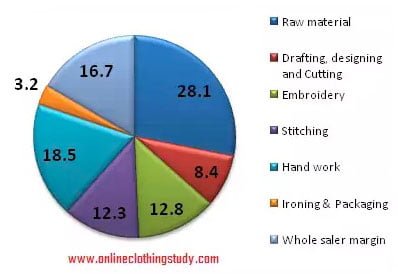 This means that raw material is the biggest portion of our cost of goods and from that everything else follows for the most part. Once we know that we must compete in the luxury sector against well established brands with much deeper pockets, the non-raw material costs ratchet up accordingly in terms of quality of manufacture, packaging, marketing and customer service.
This means that raw material is the biggest portion of our cost of goods and from that everything else follows for the most part. Once we know that we must compete in the luxury sector against well established brands with much deeper pockets, the non-raw material costs ratchet up accordingly in terms of quality of manufacture, packaging, marketing and customer service.
But even then, the final retail price is not totally formulaic. Might we sell more product more quickly at an X% lower price? On the other hand, would we improve the luxury brand image by selling at an X% higher price (remember the peanut butter analogy)? And what about timing on the demand side? Is a particular product category popular at the moment or past its prime? Only experience over time can provide anything close to certainty when it comes to pricing (and maybe not even then).
Our secret weapon in this process may, in fact, be the scarcity of our raw material. By definition, everything we make must be a limited edition. Not only does that appeal to the irrational desire mentioned before but also I think QIVIUT & CO and what it stands for is increasingly well timed to where the luxury market is headed.
“(The) niche-oriented business model will disrupt industries and usher a change from a model based on economies of scale, in which growth is measured in percentage, to an “economies of small” measured in multiples….(R)ather than being about marketing, data, margins, growth and even lawyers and accountants, brands will be driven by talent and vision and promise to deliver experiences, excitement and energy.” Lawrence Lenihan
There is something to be said for buying into a brand at the start of its journey compared to wearing a logo that thousands of others also wear. Of course, a luxury brand cannot be niche just for the sake of being niche. It has to justify its price in terms of image, quality and customer experience.
Elizabeth Suzann of the eponymous women’s brand recently wrote a wonderful blog about clothing pricing in which she suggests that cost per wear is the appropriate metric by which garments should be judged in the belief that a luxury product that will last a customer years or decades is actually “cheaper” than a fast fashion item costing one-tenth the price but thrown or given away next season.
In the end, pricing in the luxury sector will always remain something of a black art but the guiding principle for QIVIUT & CO is nicely summed up by the Sage of Omaha’s attitude towards investments:
“Price is what you pay. Value is what you get.” Warren Buffet
Amen.
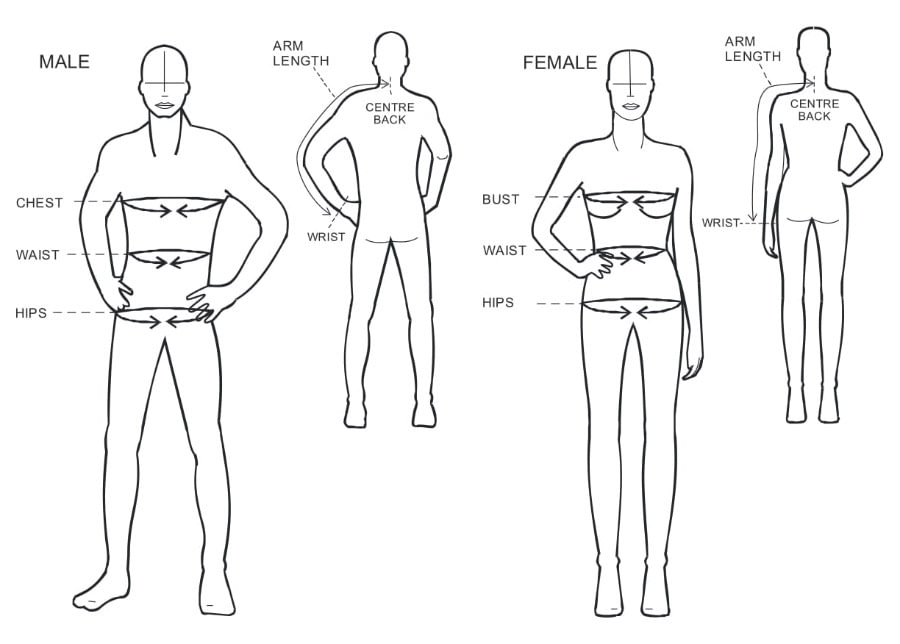
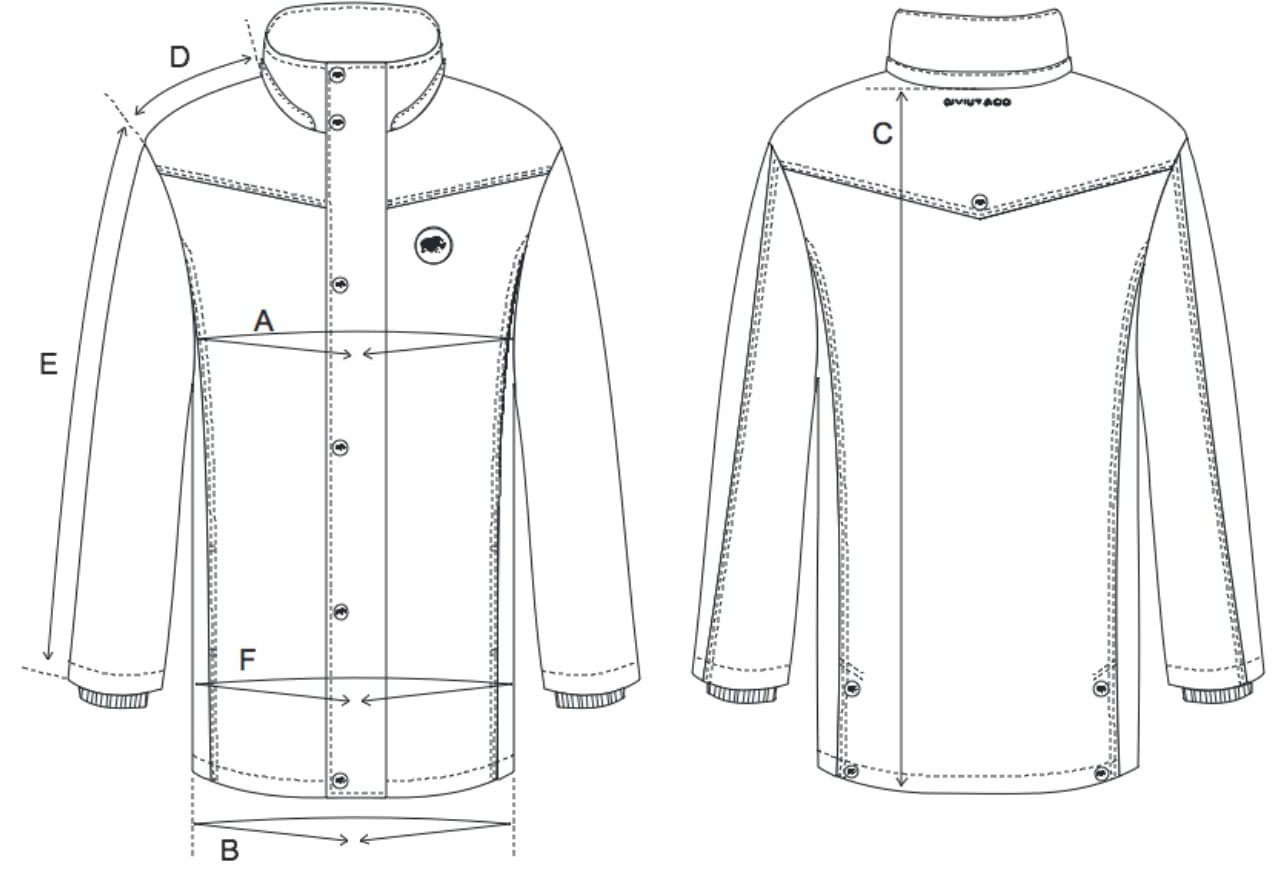
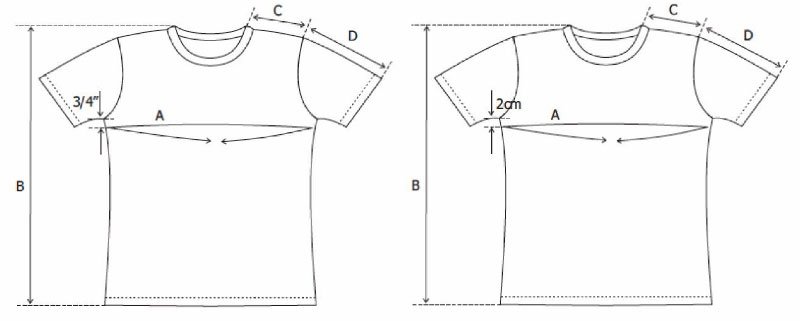
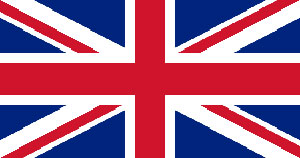

Follow us